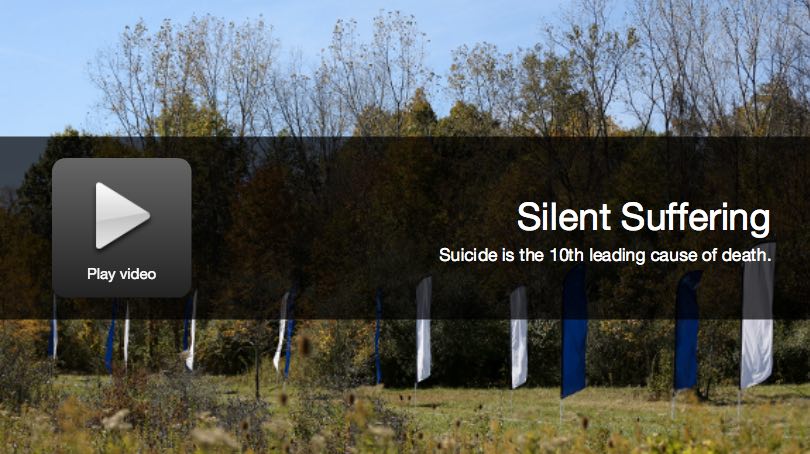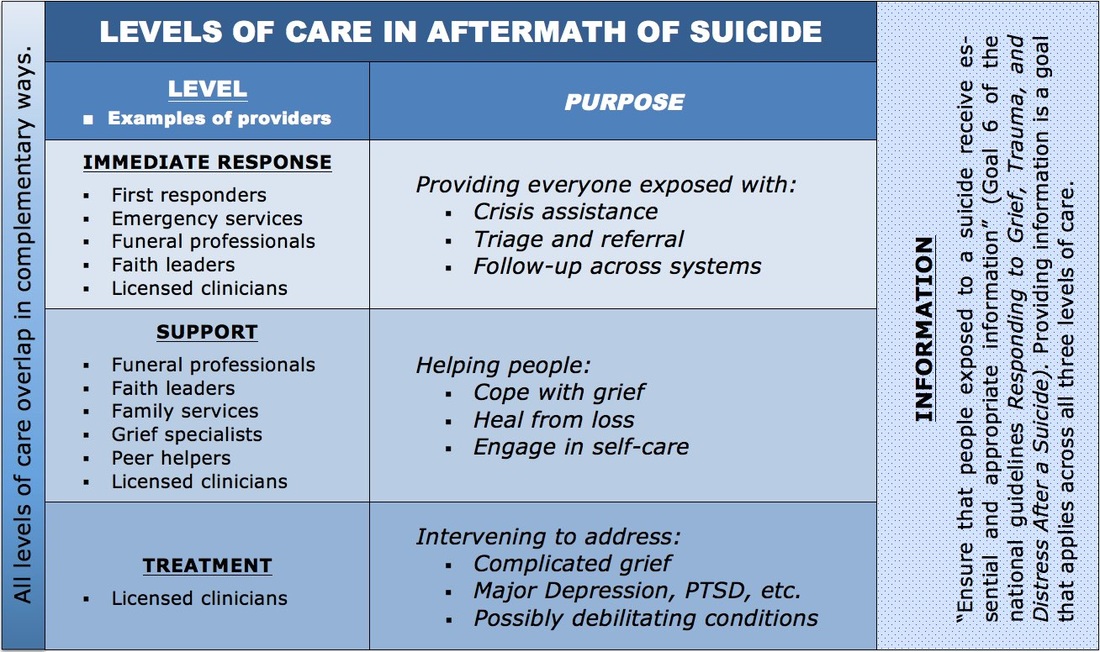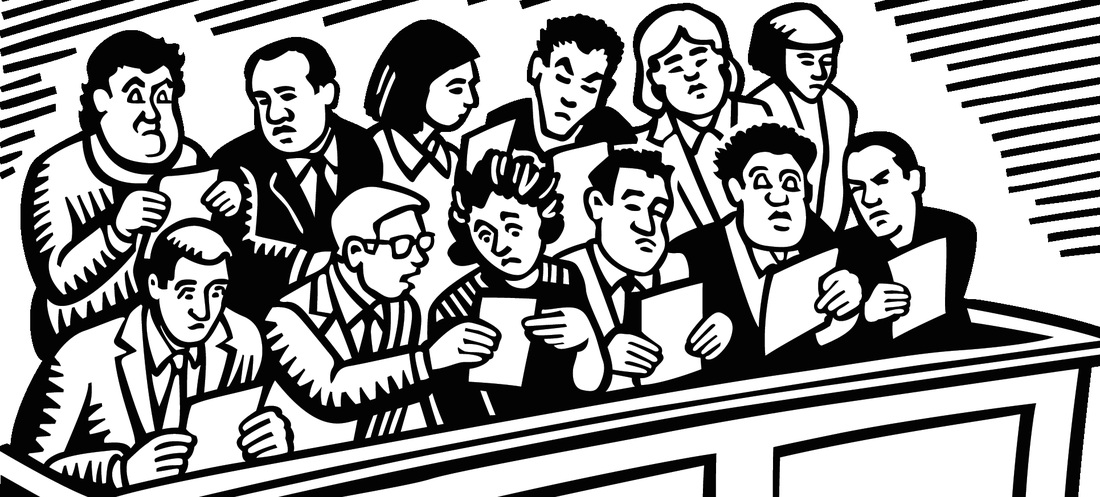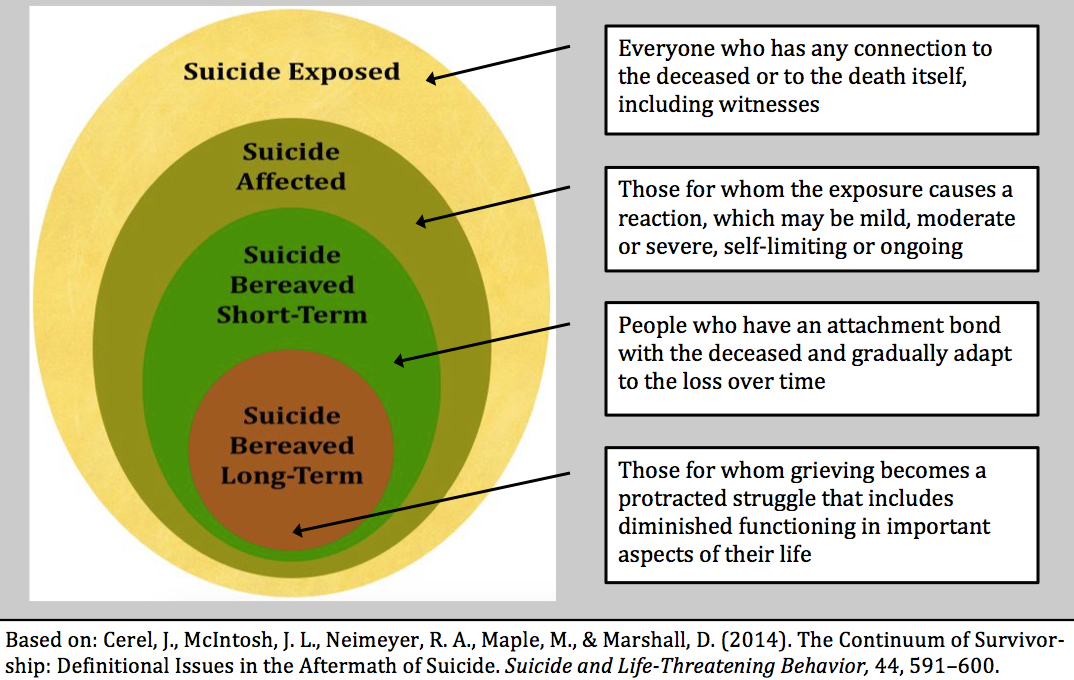Click on the picture above to go to a video that sets the scene for the entire series (the video features several moving stories from people's personal experience). My introduction to the series came when a colleague sent me the article "Some Survivors Cope with Loss by Helping Others Affected by Suicide," which tells the stories of people bereaved by suicide who now volunteer in a variety of ways that change -- and literally save -- the lives of others struggling with suicide and its aftermath.
I hope the following quote from the "Helping Others" story persuades folks to explore whatever might interest them in this superb series. These are the words of Mary Ann Ward of Columbus, Ohio, who lost her son Murray to suicide in 2009 -- and who now facilitates a support group for people bereaved by suicide.“All we can do is accept this loss without ever understanding it, and lean on one another to move forward ... I can give hope to those who are newer than I. From the pain, we can grow in knowledge and wisdom, and experience joy again.”





 RSS Feed
RSS Feed